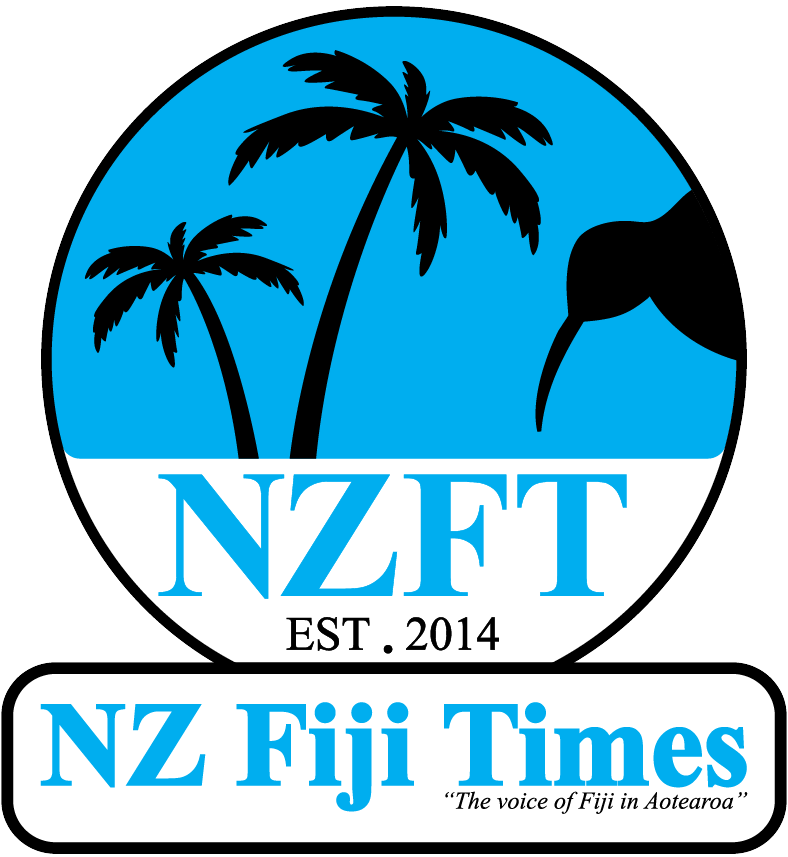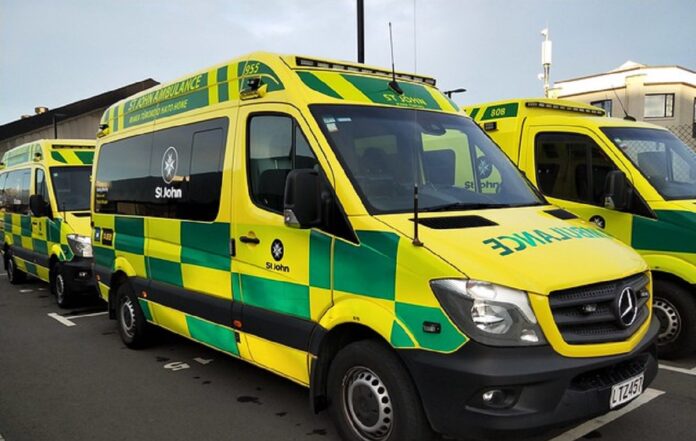St John ambulance services will only have 70% of their usual number of ambulances on the road during peak periods of ambulance workers’ strike action.
The New Zealand Ambulance Association (NZAA) and First Union members will withdraw labour for four hours from the start of each shift.

Most start at 4 a.m. on Tuesday and conclude at 4 a.m. on Wednesday. St John has yet to provide a more positive and acceptable solution, disappointing both unions.
Approximately three-quarters of the ambulance and call center staff started their shifts at 6 a.m. or 6 p.m. This is a massive challenge for them between 6 to 10 in the morning and 6 to 10 at night.
Non-threatening events from earlier morning or evening must still be attended to after the strike finishes. People should continue to call 111 in emergencies.
In agreement with union partners, Hato Hone St John will provide a minimum resource that Hato Hone St John will provide.
In those peak periods of the strike, 70% of the usual number of ambulances will only be available, reserved, and responding to life-threatening incidents.
If people had a non-threatening incident during the strike action, they should phone their GP or Healthline in the first instance.
St John has been bargaining with the unions since the beginning of this year, following the expiration of the Ambulance Operations Multi-Union Collective Agreement last November.
They have been working with Health New Zealand and ACC to secure additional funding to resolve outstanding bargaining claims.
Two separate offers have attempted to pass on available funding, but to date, these still need to meet union expectations.
Click to read more about New Zealand

















